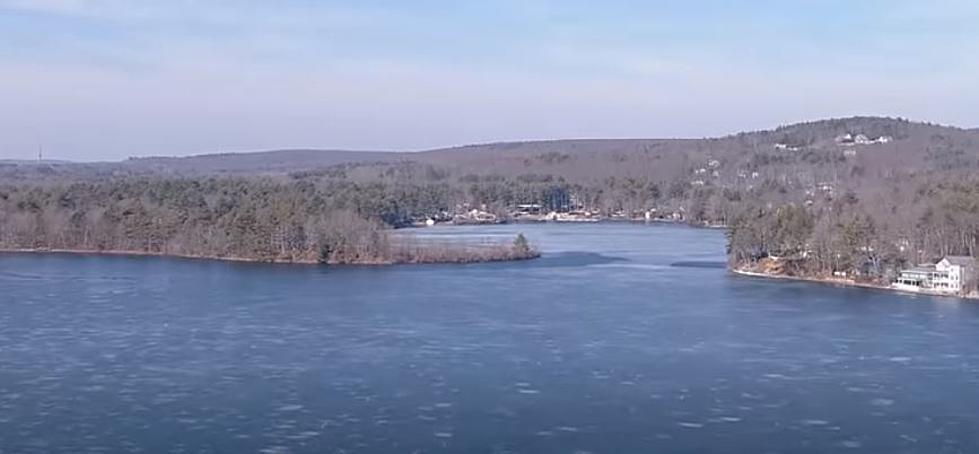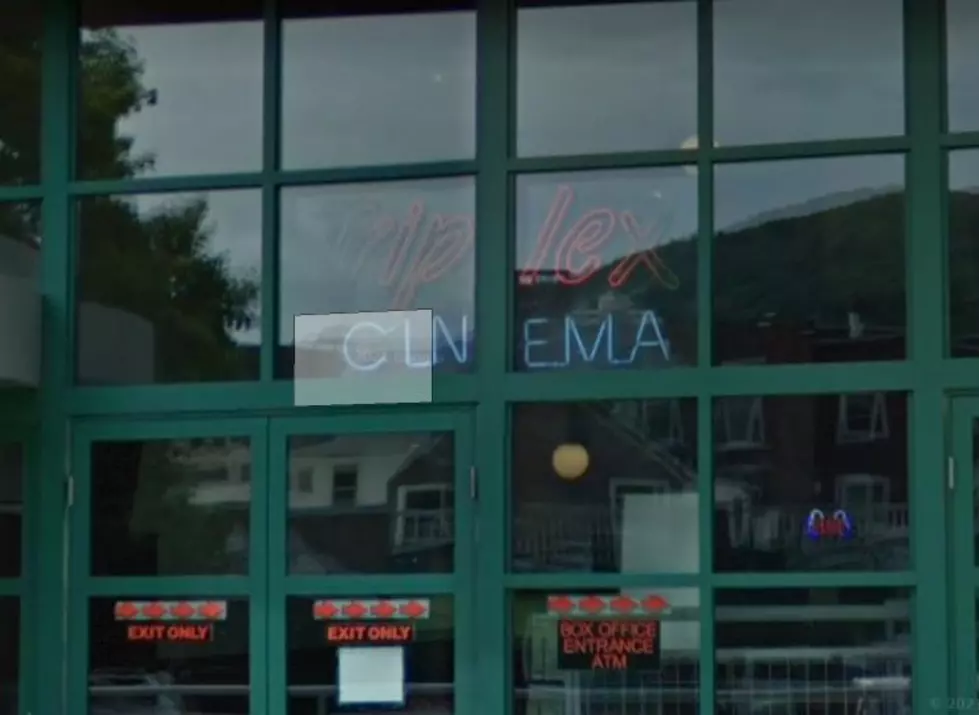
These Four-Way Pittsfield Stop Signs Drive Me Crazy
In case you haven't heard (seriously, if you haven't, I want to know your secret) the latest point of contention for many Pittsfield drivers is the new traffic pattern in Downtown Pittsfield. And of course, the outrage about potholes will just never go away, but what really drives me nuts? Seemingly unnecessary four-way stop signs.
The route that I take to and from the radio station every day has me travel through four, four-way stop signs on a ten-minute drive:
- The intersection of Hazelwood and Strong Ave - Now this makes sense. 1) It's right next to the back entrance to Egremont Elementary which serves tons of students who walk during the school year and children who play on the playground, basketball court, and ball field year-round. 2) People drive FLY down Strong which is jam-packed with houses, children, and people walking on the street, so anything that slows drivers down works for me.
- The intersection of Henry and Elizabeth - Again, this seems to make sense. Both are pretty well-travelled roads and popular cut-throughs to avoid lengthy stoplights along West Housatonic, plus as you come up Henry, there's not a ton of visibility to oncoming traffic. Now that I really think about it, there's not a ton of visibility approaching from any direction and given how busy that intersection is, the four-way stop makes sense.
- This brings me to two sets of four-way stop signs on the corners of Broad and Wendell, and Broad and Bartlett. What the heck is really going on here? As I said, I travel through these intersections that are separated by probably less than 300 feet, multiple times a day and RARELY see another vehicle at it. Honestly, maybe 10% of the time there is another car there, usually also travelling on Broad. Not only do I feel like there is a pretty low rate of travel there, but the speed limit is only 30 miles an hour AND the streets are wide and visibility is pretty clear at both stops.
Now, why does this annoy me that much? Because I am, more often than not, in a rush. Is this my fault? Yes. Will I continue to complain even though I'm sure the city has a reasonable explanation as to why these stop signs are there? Also, Yes.

After lots of consideration (and swearing at 5 a.m. in the pitch black because I have come to a complete stop when the majority of city drivers are still in bed) I think the placement of the stop signs probably have to do with the fact that there is a Church and Synagog at one of the intersections and what appears to be a home daycare at the other. Again, I rarely to never see any action there, pedestrian or vehicular. There are also four crosswalks at each of these intersections to facilitate safe crossing for pedestrians.
But seriously, it seems to me that the stop signs should be for those traveling north/south on Bartlett and Wendell and let traffic continue on Broad.
In closing, as much as these four-way stop signs drive me insane, I do realize that there are more important things for me to put my energy into. Like complaining about drivers who don't know how to proceed with more than one car at a four-way stop sign, but I'll save that for another day.
LOOK: The most expensive weather and climate disasters in recent decades
READ ON: See the States Where People Live the Longest
More From WBEC FM









